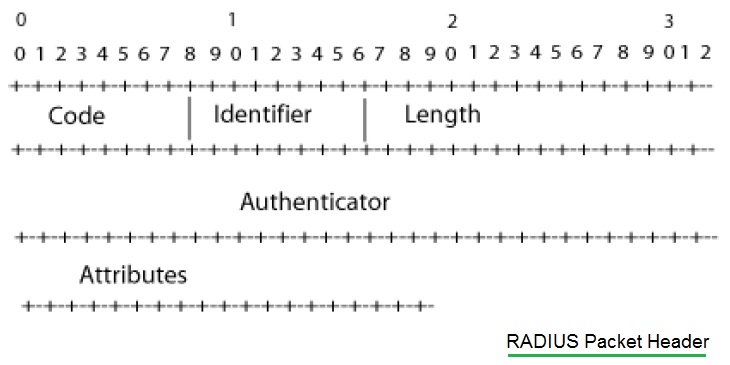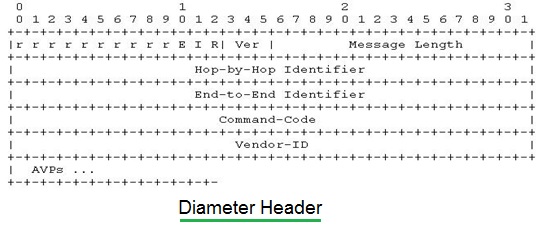Both these protocols are extensively used in LTE w.r..t AAA (authentication, authorization and accounting). Diameter protocol is an enhanced version of Radius.
The Diameter protocol is enhanced further by the development of the 3rd Generation Partnership Project (3GPP) IP Multimedia Subsystem (IMS). The S6a, S6b, Gx, Gy, Sy, Rx, Cx, Dh, Dx, Rf, Ro, Sh and Zh interfaces are supported by Diameter applications.
One of the largest barriers to having Diameter replace RADIUS is that switches and Access Points typically implement RADIUS, but not Diameter.
Trying to capture their differences in this post as this is seen a favorite topic by many:)
1. Radius works on UDP, (connection-less), so no session required before its operation.As of 2012, RADIUS can also use TCP as the transport layer with TLS for security.
Diameter works on TCP/SCTP (connection-oriented)
2. Format:


3. Application-ID are only supported by Diameter protocol to identify for which Diameter application the message is applicable
For instance, the value of the Application-ID and of the Auth-Application-Id Attribute in the Credit-Control-Request (CCR) and Credit-Control-Answer (CCA) Command for the Diameter Credit-Control Application is 4
In summary, Diameter protocol provides better transport, better proxying, better session control and better security compare to Radius protocol. This differentiates diameter and radius protocols.
Referred links:
https://www.linkedin.com/pulse/radius-vs-diameter-gokhan-kosem/
https://www.rfwireless-world.com/Terminology/Radius-protocol-vs-Diameter-protocol.html
https://docs.oracle.com/cd/E76907_01/a.80/20170424_140501_m_dsr_radius/concepts/c_dsr_radius_radius_versus_diam.html
https://en.wikipedia.org/wiki/RADIUS
https://en.wikipedia.org/wiki/Diameter_(protocol)

No comments:
Post a Comment